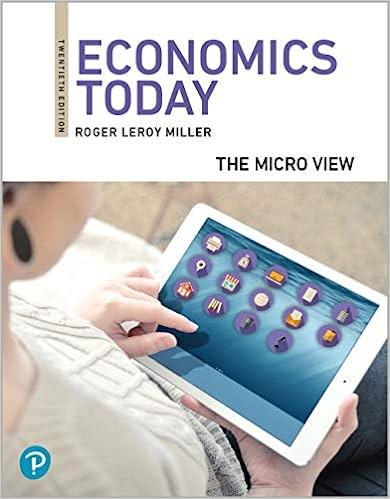Every year motorists spend about 3.7 billion hours waiting in gridlocked traffic. Policymakers commonly argue that the
Question:
Every year motorists spend about 3.7 billion hours waiting in gridlocked traffic. Policymakers commonly argue that the explicit cost of time spent in traffic jams—at least $6 billion spent on the $2.3 billion gallons of fuel burned while engines idle—is sufficiently high to justify building more highways. The implicit opportunity cost is much higher. The average U.S. worker earned about $24.50 per hour in 2012, so the implicit opportunity cost of all those hours spent in traffic is around $91 billion per year. Thus, the annual total social cost of U.S. traffic gridlock is more than $97 billion.
Why do economists use the hourly wage to measure the opportunity cost of the time a person spends in gridlocked traffic?
Fantastic news! We've Found the answer you've been seeking!
Step by Step Answer:
Related Book For 

Question Posted:





